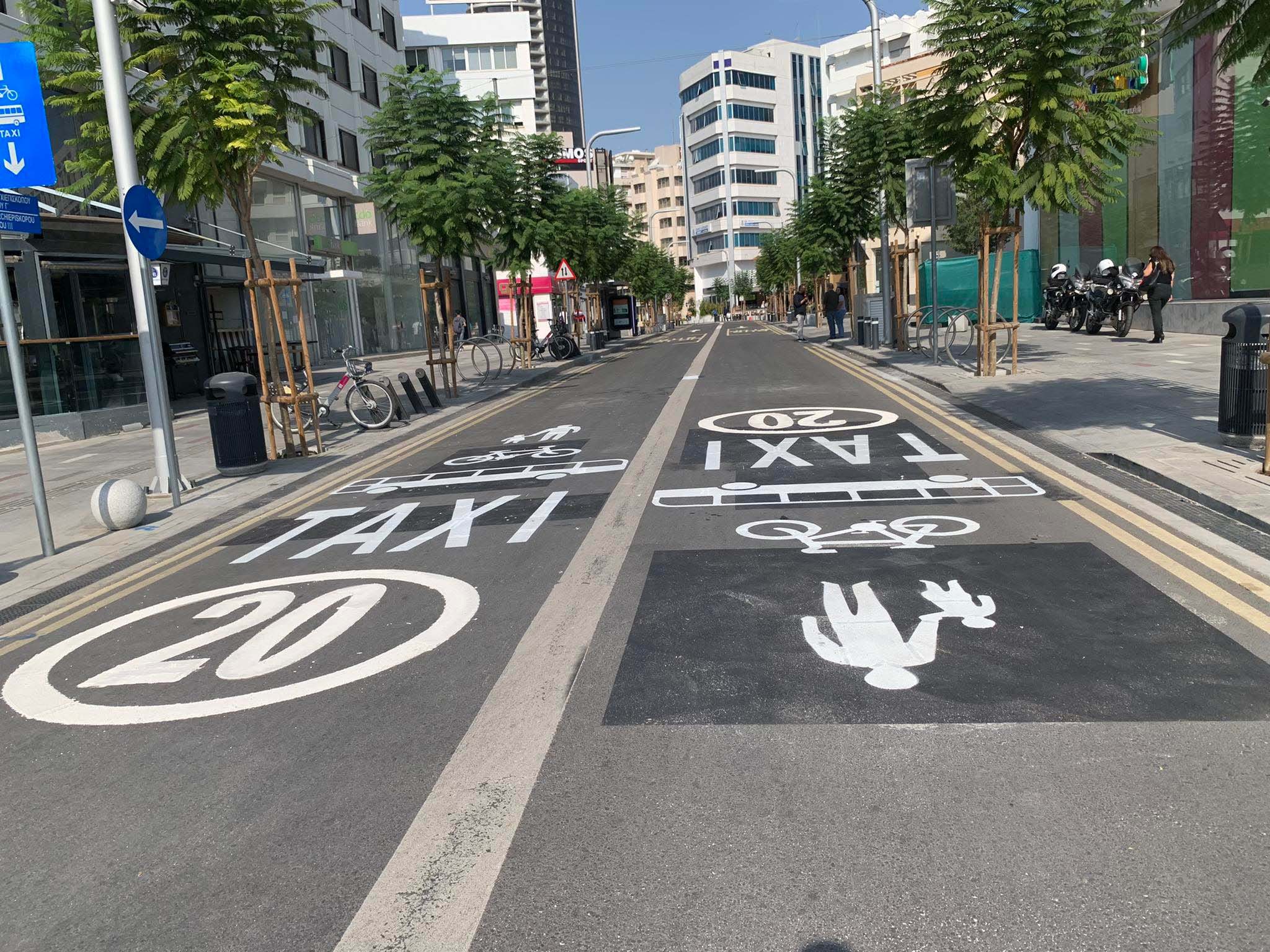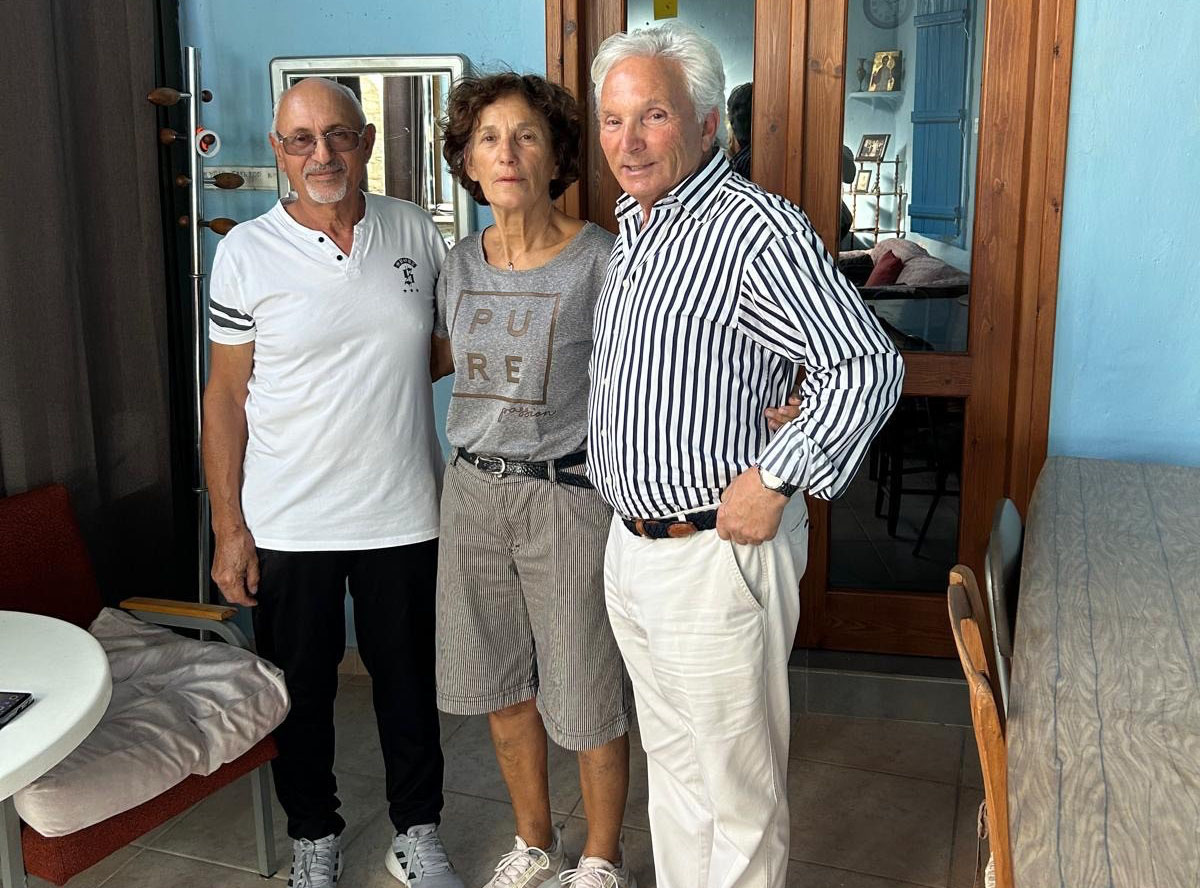Across Europe, the conversation around substance use, mental health, and residential addiction treatment is changing rapidly. Rising levels of alcohol misuse, growing dependence on prescription medications, and the aftermath of years of social and economic instability have created a demand for inpatient rehabilitation far beyond the existing capacity of most healthcare systems. Families seeking immediate help frequently encounter waiting lists, inconsistent program standards, and a confusing private-market landscape filled with polished marketing but little transparency.
These realities — which clinicians and public-health experts have warned about for years — form what some now call Europe’s hidden rehab gap: the widening divide between the level of treatment people require and the level of treatment they can realistically access. That gap has become so large that more European families are quietly looking outside the EU for structured residential care, exploring reputable programs in regions such as Southeast Asia, where regulated medical frameworks and evidence-based models have matured significantly.
But this trend also raises an urgent question: What actually constitutes a safe, credible rehab — and how can families distinguish real medical treatment from the booming global “luxury rehab” industry? The answer is far more complex, and far more critical, than glossy brochures or resort-like photographs suggest.
The European treatment landscape: High need, limited capacity
Between population aging, rising rates of alcohol use disorder, and increased prescription of benzodiazepines and opioids, many EU health systems find themselves struggling to keep pace with the growing need for inpatient detoxification and residential rehabilitation. According to data from Eurostat and national health agencies, substance-use disorders consistently rank among the leading contributors to lost productivity, premature mortality, and psychiatric admissions.
Yet across much of Europe, residential treatment capacity has shrunk over the past decade. Several countries have consolidated or closed publicly funded detox units; others have reallocated psychiatric resources toward acute and community-based care. While these policy shifts may make sense at a systems level, the result for families is stark:
- detox beds filled for weeks at a time
- long waiting periods for residential admission
- fragmented referral pathways
- overreliance on outpatient services, even for severe addiction
For individuals in the midst of active addiction, delays can have irreversible consequences. A relapse during a waiting period may bring legal issues, job loss, overdose, or acute medical complications. For families desperate to intervene, this creates a painful paradox: the more severe the problem, the less likely the system can respond quickly.
The private sector: A complex and uneven landscape

Faced with delays in public services, many EU residents turn to private residential care. But here they encounter an entirely different set of challenges: a wide variance in regulation, quality, and transparency.
Unlike acute hospitals or psychiatric units, private rehab centers do not fall under one unified regulatory system across Europe. In some countries, they must meet strict health-ministry licensing standards; in others, residential addiction treatment is not legally defined as a medical service at all, allowing facilities to operate with minimal oversight.
This variability creates space for ambiguity — and for marketing to fill the gaps. Over the past decade, the global rehab industry has increasingly adopted the language of luxury hospitality. Websites frequently emphasize private villas, ocean views, gourmet meals, spas, massage therapies, and “transformational environments.” While comfort can support the therapeutic process, experts caution that these features are not indicators of medical safety.
A senior clinician at Siam Rehab, a licensed residential treatment center in Thailand, describes one common misconception:
“Families often assume that if a facility looks high-end, it must also meet high clinical standards. But appearance has no correlation with safety. Some of the most medically robust programs are not visually luxurious at all, while some of the most beautiful facilities lack essential medical governance.”
This dynamic is not unique to Europe. Globally, the expansion of private-sector treatment — combined with limited oversight — has allowed a parallel industry of “luxury retreats” to emerge, many of which market themselves as rehabs despite having no licensed medical infrastructure. For individuals with mild burnout or lifestyle-related stress, these programs may offer rest and wellness. But for individuals with substance dependence, withdrawal risk, co-occurring psychiatric disorders, or medication needs, the distinction between hospitality and healthcare can be life-saving.
The rise of “Medical-Wellness Hybrids” — and the risks
A complicating trend across the global treatment marketplace is the proliferation of hybrid centers: facilities blending wellness, coaching, mindfulness, and lifestyle therapies with claims about detox or addiction recovery. These hybrids often exist in regulatory gray zones: they may be registered as hotels or retreat businesses yet use clinical language in their branding.
Experts say this creates three key risks:
1. Misleading terminology
Words like “detox,” “evidence-based,” “trauma-informed,” “psychiatric oversight,” or “medical supervision” may appear in marketing even when a center lacks licensed clinical staff or health-authority approval.
2. Inadequate safety measures
Medical detoxification — particularly for alcohol, benzodiazepines, and opioids — requires structured monitoring, emergency protocols, and medication management. Without these systems, complications can escalate rapidly.
3. Insufficient clinical staffing
Some private centers rely primarily on coaches, unlicensed counselors, or rotating consultants. Low staff-to-client ratios and lack of 24/7 coverage are common red flags.
Siam Rehab clinicians emphasize:
“The presence of qualified staff on-site, round-the-clock, is non-negotiable. On-call arrangements are not adequate for medical detox or complex psychiatric presentations.”
What a safe rehab actually looks like: Five non-negotiable standards
Across health systems, licensed addiction specialists generally agree on several core principles that differentiate clinically safe residential treatment from hospitality-focused or unregulated alternatives.
1. Licensing by a recognized health authority
This is the most important criterion.
A facility should be legally licensed as a healthcare provider, not as a hotel, wellness retreat, or generic residential service. Health-ministry licensing indicates that the program has met baseline requirements for:
- clinical governance
- staffing
- sanitation and safety
- emergency response planning
- medication protocols
- patient rights
- regular inspection and reporting
Families should request documentation or a link to the licensing authority whenever possible.
2. Medical detox infrastructure
Withdrawal from substances is a medical condition. Safe detox includes:
- pre-admission medical and psychiatric screening
- continuous monitoring by trained staff
- access to physicians or psychiatrists
- standardized medication protocols
- readiness for escalation to hospital care
- clear emergency procedures
Detox claims should always be verified; the term is frequently misused in marketing.
3. Qualified multidisciplinary staff
Residential addiction treatment is most effective when delivered by:
- licensed psychologists
- addiction counselors
- psychiatrists
- medical staff
- trauma specialists
- therapeutic and support staff trained in evidence-based modalities
Families should ask about staff credentials, full-time vs. part-time presence, ratios, and who is responsible for clinical oversight.
4. Structured, evidence-based programming
A therapeutic program should include:
- CBT, ACT, and other structured psychotherapies
- relapse-prevention frameworks
- trauma-informed treatment
- family engagement
- consistent daily routines
- regular review of progress
- discharge planning and aftercare
Amenities are optional; structure is essential.
5. Transparency and governance
Reputable centers provide clear documentation about:
- program structure
- clinical governance
- emergency protocols
- medication management
- privacy and safeguarding
- aftercare pathways
- refund and discharge policies
Transparency signals professionalism and accountability — traits that correlate with better outcomes.
(For example, an international overview of licensing vs. accreditation vs. clinical governance frameworks is available through Siam Rehab’s Clinical Governance Hub at:
https://siamrehab.com/clinical-safety-governance-and-outcomes-at-siam-rehab/.)
Why some European families now look abroad
Given the constraints at home and variability in private-sector quality, more families are investigating centers in regions known for stricter licensing frameworks or more available capacity.
Thailand, for instance, has become one of the largest international hubs for residential addiction treatment, though not for the reasons often assumed. While cost is a factor, clinicians highlight several other drivers:
1. Strong health-ministry regulation
In Thailand, inpatient addiction facilities must be licensed by the Ministry of Public Health. This framework defines expectations regarding:
- psychiatric oversight
- detox protocols
- staff training
- emergency response
- reporting and inspections
This regulatory clarity is often cited by families who feel uncertain about European private-sector variability.
2. Favorable staff-to-client ratios
Many international centers offer lower caseloads than European equivalents, allowing more individual therapy and more intensive monitoring.
3. Therapeutic benefits of environment
Clinicians note that distance from triggers — combined with structured routines and exposure to nature — can strengthen engagement and improve recovery stability.
4. Faster admission timelines
International programs often have shorter waiting periods, allowing families to intervene at a critical moment rather than losing weeks to systemic delays.
While travel adds logistical considerations, it also provides an opportunity for individuals to step out of chaotic environments and focus fully on recovery.
The psychology of “getting away” — Evidence and misconceptions
For years, people debated whether traveling abroad for treatment was an emotional escape or a genuine therapeutic advantage. Recent clinical perspectives suggest it can be both — but only when aligned with structured care.
Distance reduces exposure to triggers, dysfunctional relationships, stress networks, and familiar using environments. Individuals report that leaving their home context helps them break automatic patterns and “reset” their internal state.
At the same time, clinicians warn against assuming that environment alone can treat addiction. The setting supports treatment, but only clinical structure delivers measurable outcomes.
As one addiction specialist notes:
“A beautiful location without clinical rigor is a wellness retreat. A clinically rigorous program in a peaceful environment can be a powerful setting for rehabilitation.”
The real decision families face
When choosing a rehab — local, regional, or international — families are not deciding between:
- Europe vs. Asia
- luxury vs. affordability
- comfort vs. clinical
The real choice is between two fundamentally different models:
Model A: Healthcare-Based Residential Treatment
Licensed, medically structured, evidence-based, with clear accountability.
Model B: Hospitality-Based Wellness Programs
Comfortable, amenity-heavy, and often marketed as rehabilitation without corresponding medical infrastructure.
For individuals with mild stress, burnout, or lifestyle imbalance, wellness retreats can provide respite. But for substance use disorders, co-occurring depression, anxiety, trauma, or high-risk withdrawals, only Model A is appropriate.
Families often do not realize the difference until a crisis exposes the limits of unregulated programs. By then, valuable time has been lost.
Where does this leave Europe?
Europe’s hidden rehab gap will likely expand in the coming years unless significant investments are made in public detox capacity, psychiatric integration, and community services. At the same time, regulators may need to scrutinise how private centers use clinical terminology and how they represent risk, safety, and outcomes to the public.
For now, families are left navigating a marketplace where the visual polish of a program may reveal little about its ability to manage psychiatric instability, withdrawal complications, or long-term recovery planning.
This is the paradox at the heart of modern addiction treatment:
The most crucial elements of care — governance, evidence-based structure, clinical staffing, medical oversight — are often the least visible on a website.
And the most visible elements — architecture, amenities, interior design — tell families nothing about safety.
Toward a more informed public
The growing trend of Europeans considering international treatment is not merely about cost or travel. It reflects a deeper shift: families are becoming more discerning, asking more substantive questions, and seeking programs with transparent standards rather than resort-style marketing.
Experts encourage families to inquire about:
- licensing
- detox protocols
- staff qualifications
- emergency procedures
- psychiatric availability
- aftercare
- governance documentation
- data on program outcomes
- multidisciplinary approach
These questions can be asked of any program, anywhere in the world. The answers — or lack thereof — often reveal more than any brochure or video tour.
In the end, treatment decisions should be guided not by location or luxury, but by safety, transparency, and clinical integrity. As Europe continues to reckon with rising demand and strained resources, families will increasingly rely on these principles to navigate one of the most consequential choices they may ever face.
DISCLAIMER – “Views Expressed Disclaimer – The information provided in this content is intended for general informational purposes only and should not be considered financial, investment, legal, tax, or health advice, nor relied upon as a substitute for professional guidance tailored to your personal circumstances. The opinions expressed are solely those of the author and do not necessarily represent the views of any other individual, organization, agency, employer, or company, including NEO CYMED PUBLISHING LIMITED (operating under the name Cyprus-Mail).







Click here to change your cookie preferences